The world is full of fascinating traditions and cultural practices, many of which may seem strange or unusual to outsiders. One such practice that has been a staple in various cultures for centuries is the chewing of betel nuts. This age-old tradition, prevalent in many parts of Asia and the Pacific, holds great significance and plays a central role in social interactions, ceremonies, and everyday life for millions of people. Betel nuts, also known as areca nuts, are the seeds of the areca palm tree (Areca catechu).
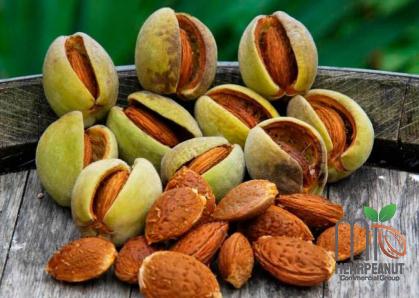
.
 These small, egg-shaped nuts have a mild, bitter taste and are often chewed with other ingredients such as betel leaves, slaked lime, and tobacco. The practice of chewing betel nuts is deeply ingrained in the cultural fabric of regions like India, Indonesia, Myanmar, Thailand, and the Pacific Islands, where it is a common sight to see people indulging in this traditional activity. The act of chewing betel nuts is more than just a simple habit – it is a cultural ritual that holds great significance in many communities. In some cultures, offering betel nuts is a sign of hospitality and respect, and the act of chewing them is considered a social bonding activity. It is often used as a way to welcome guests, seal deals, or mark important occasions such as weddings, festivals, and religious ceremonies. The process of preparing and consuming betel nuts is a meticulous one that involves multiple steps. Firstly, the betel nut is sliced or grated into small pieces, which are then wrapped in a betel leaf along with slaked lime and sometimes tobacco. The resulting “paan” is then chewed, producing a red-colored saliva that is spat out or swallowed, depending on the cultural norms of the community. For many people, chewing betel nuts is a pleasurable experience that offers a mild stimulant effect similar to that of caffeine.
These small, egg-shaped nuts have a mild, bitter taste and are often chewed with other ingredients such as betel leaves, slaked lime, and tobacco. The practice of chewing betel nuts is deeply ingrained in the cultural fabric of regions like India, Indonesia, Myanmar, Thailand, and the Pacific Islands, where it is a common sight to see people indulging in this traditional activity. The act of chewing betel nuts is more than just a simple habit – it is a cultural ritual that holds great significance in many communities. In some cultures, offering betel nuts is a sign of hospitality and respect, and the act of chewing them is considered a social bonding activity. It is often used as a way to welcome guests, seal deals, or mark important occasions such as weddings, festivals, and religious ceremonies. The process of preparing and consuming betel nuts is a meticulous one that involves multiple steps. Firstly, the betel nut is sliced or grated into small pieces, which are then wrapped in a betel leaf along with slaked lime and sometimes tobacco. The resulting “paan” is then chewed, producing a red-colored saliva that is spat out or swallowed, depending on the cultural norms of the community. For many people, chewing betel nuts is a pleasurable experience that offers a mild stimulant effect similar to that of caffeine.
..
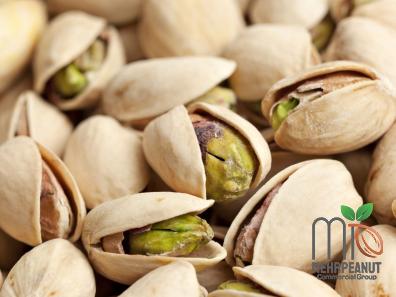 The practice is believed to have various effects on the mind and body, ranging from increased alertness and focus to feelings of euphoria and relaxation. Some traditional medicine systems also ascribe medicinal properties to betel nuts, claiming that they can aid digestion, freshen breath, and even act as an aphrodisiac. Despite its cultural significance and perceived benefits, the practice of chewing betel nuts is not without its drawbacks. Long-term consumption of betel nuts has been linked to various health risks, including oral cancer, gum disease, and heart problems. The International Agency for Research on Cancer (IARC) has classified betel nut chewing as a Group 1 carcinogen, indicating that it is a known cause of cancer in humans. In recent years, there has been a growing awareness of the health risks associated with betel nut chewing, leading to efforts to regulate or discourage the practice in some regions. Governments and health organizations have launched campaigns to raise awareness about the dangers of betel nut consumption and to promote healthier alternatives. Despite these efforts, the practice continues to thrive in many communities, deeply rooted in tradition and cultural norms. For many people, betel nut chewing is more than just a habit – it is a way of life that connects them to their cultural heritage and community. The act of sharing betel nuts is a practice that fosters social bonds, strengthens relationships, and reinforces a sense of belonging and identity. As long as these cultural traditions endure, the humble betel nut will continue to hold a special place in the hearts and minds of those who cherish its time-honored legacy. Beyond its cultural significance, the betel nut also holds economic importance in many regions where it is grown and consumed. The areca palm, the tree from which betel nuts are harvested, provides livelihoods for many farmers and workers involved in its cultivation, harvesting, and processing. The trade of betel nuts stimulates local economies, creating jobs and income opportunities for communities that rely on this traditional crop. In addition to its economic impact, the betel nut also plays a role in the cultural and artistic expression of the communities that consume it. The practice of betel nut chewing has inspired literature, music, art, and folklore in many cultures, reflecting the deep-rooted significance of this tradition in the everyday lives of people.
The practice is believed to have various effects on the mind and body, ranging from increased alertness and focus to feelings of euphoria and relaxation. Some traditional medicine systems also ascribe medicinal properties to betel nuts, claiming that they can aid digestion, freshen breath, and even act as an aphrodisiac. Despite its cultural significance and perceived benefits, the practice of chewing betel nuts is not without its drawbacks. Long-term consumption of betel nuts has been linked to various health risks, including oral cancer, gum disease, and heart problems. The International Agency for Research on Cancer (IARC) has classified betel nut chewing as a Group 1 carcinogen, indicating that it is a known cause of cancer in humans. In recent years, there has been a growing awareness of the health risks associated with betel nut chewing, leading to efforts to regulate or discourage the practice in some regions. Governments and health organizations have launched campaigns to raise awareness about the dangers of betel nut consumption and to promote healthier alternatives. Despite these efforts, the practice continues to thrive in many communities, deeply rooted in tradition and cultural norms. For many people, betel nut chewing is more than just a habit – it is a way of life that connects them to their cultural heritage and community. The act of sharing betel nuts is a practice that fosters social bonds, strengthens relationships, and reinforces a sense of belonging and identity. As long as these cultural traditions endure, the humble betel nut will continue to hold a special place in the hearts and minds of those who cherish its time-honored legacy. Beyond its cultural significance, the betel nut also holds economic importance in many regions where it is grown and consumed. The areca palm, the tree from which betel nuts are harvested, provides livelihoods for many farmers and workers involved in its cultivation, harvesting, and processing. The trade of betel nuts stimulates local economies, creating jobs and income opportunities for communities that rely on this traditional crop. In addition to its economic impact, the betel nut also plays a role in the cultural and artistic expression of the communities that consume it. The practice of betel nut chewing has inspired literature, music, art, and folklore in many cultures, reflecting the deep-rooted significance of this tradition in the everyday lives of people.
…
 The betel nut has also found its way into various rituals and ceremonies, where it is used as an offering to deities or spirits to seek blessings and protection. While the act of chewing betel nuts may be an ancient tradition, it continues to evolve and adapt to changing times. In some urban areas, modern versions of betel nut preparations have emerged, catering to diverse tastes and preferences. Flavored betel nut products, packaged for convenience and portability, have become popular among urban consumers looking for a quick pick-me-up or a unique sensory experience. These innovations have helped to keep the tradition of betel nut chewing relevant and accessible to new generations of enthusiasts. Despite the challenges and controversies surrounding the consumption of betel nuts, its cultural significance and enduring appeal cannot be denied. For many people, the act of chewing betel nuts is a cherished ritual that connects them to their roots, strengthens social bonds, and adds richness and depth to their daily lives. As long as there are communities that value tradition, hospitality, and social connection, the betel nut will continue to play a central role in their cultural practices and collective memories. In conclusion, the betel nut stands as a symbol of tradition, community, and cultural heritage in many parts of the world. Its deep-rooted significance and enduring popularity highlight the resilience and adaptability of age-old customs in the face of modernization and change. As we celebrate the diversity of human cultures and practices, let us remember that the simple act of chewing betel nuts is not just a habit, but a reflection of the rich tapestry of traditions that bind us together as a global community.
The betel nut has also found its way into various rituals and ceremonies, where it is used as an offering to deities or spirits to seek blessings and protection. While the act of chewing betel nuts may be an ancient tradition, it continues to evolve and adapt to changing times. In some urban areas, modern versions of betel nut preparations have emerged, catering to diverse tastes and preferences. Flavored betel nut products, packaged for convenience and portability, have become popular among urban consumers looking for a quick pick-me-up or a unique sensory experience. These innovations have helped to keep the tradition of betel nut chewing relevant and accessible to new generations of enthusiasts. Despite the challenges and controversies surrounding the consumption of betel nuts, its cultural significance and enduring appeal cannot be denied. For many people, the act of chewing betel nuts is a cherished ritual that connects them to their roots, strengthens social bonds, and adds richness and depth to their daily lives. As long as there are communities that value tradition, hospitality, and social connection, the betel nut will continue to play a central role in their cultural practices and collective memories. In conclusion, the betel nut stands as a symbol of tradition, community, and cultural heritage in many parts of the world. Its deep-rooted significance and enduring popularity highlight the resilience and adaptability of age-old customs in the face of modernization and change. As we celebrate the diversity of human cultures and practices, let us remember that the simple act of chewing betel nuts is not just a habit, but a reflection of the rich tapestry of traditions that bind us together as a global community.
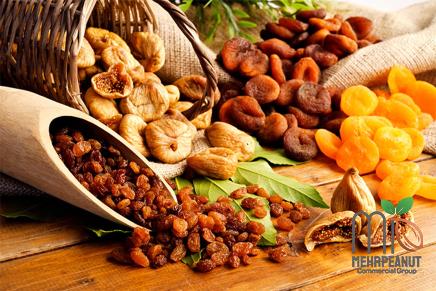
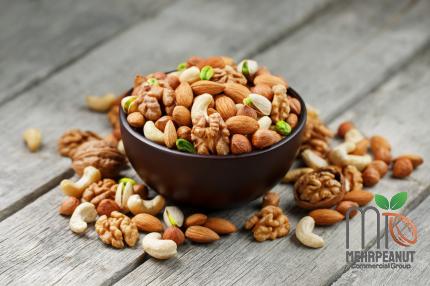



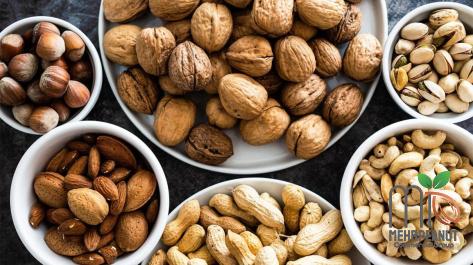
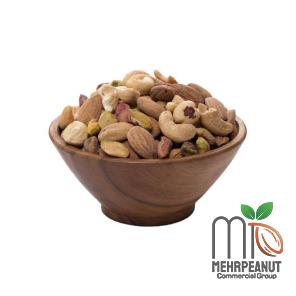
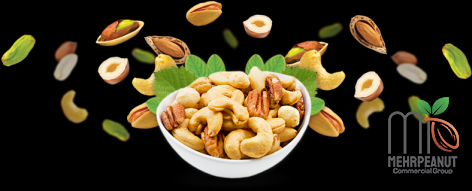
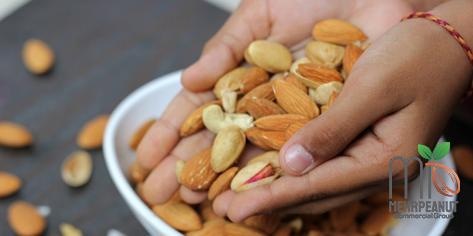
Your comment submitted.